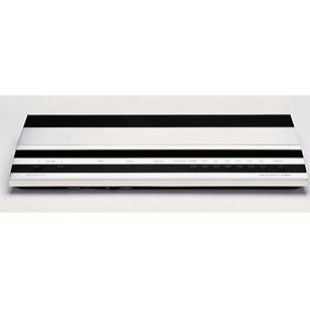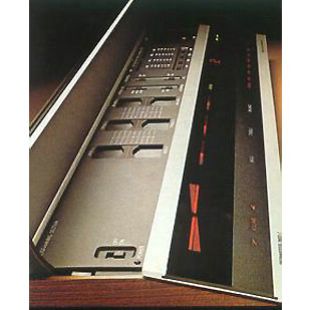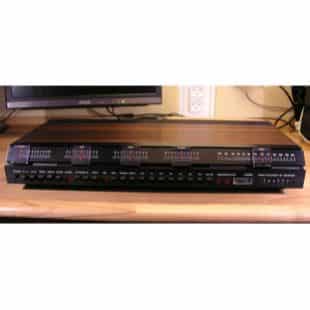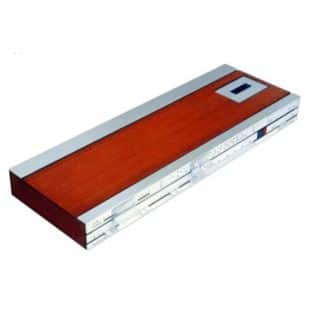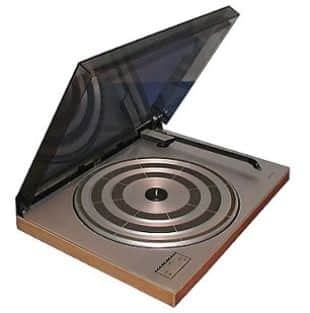BeoMaster 1900
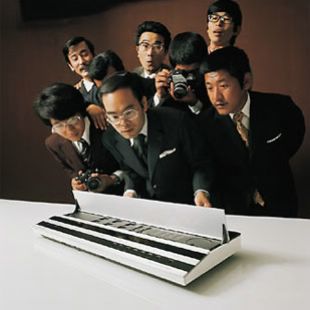
The 1970’s were exciting times for Bang & Olufsen. Another breakthrough during this decade was Beomaster 1900, a radio receiver and amplifier launched in 1976. Once again, design and operation differed dramatically from other contemporary products.
Originally designed by Jacob Jensen, Beomaster 1900, together with Beomaster 2400-2 were two advanced FM stereo receivers. They had identical technical specification and performance. Both were easy to use and easy to live with. Beomaster 2400-2 had the additional convenience of a cordless ultrasonic remote control module by which you could operate radio, amplifier and Beogram 2400 or 4004 record deck from a distance. Both receivers had touch-sensitive controls for operating the features and functions you used every day. All the secondary switches and adjustments were protected beneath a hinged lid, but an illuminated readout panel showed you the set’s operational status at a glance.
Beomaster 1900 boasted a powerful 2 x 30 watts RMS amplifier with distortion of less than 0,13%, five pre-set FM stations and comprehensive connection facilities. To operate it you simply touch the application “dimples” on the set’s front panel. The radio section had 4 pre-set stations which could be summoned at a touch and the phase-lock loop decoder provided excellent stereo separation even in difficult reception conditions The volume level could be pre-set at low, medium or high, and the music would always start at this level however much the volume control was altered last time the set was used.
The sets’ controls were divided into primary and secondary functions. The latter, which were less frequently used, were placed underneath the hinged aluminium panel where they were protected from dust and accidental movement.
A clear distinction was therefore made between the primary choice – accessible through a light touch – and the secondary choice, concealed under a lid hiding what the user did not need for daily use. At a stroke, what had been the norm for hi-fi in the past, with its macho grip and buttons, was eliminated. Instead, designer Jacob Jensen created a new design language, flat ‘flush-designed’ and electronically communicating, which did not target a few techno-freaks, but a much wider audience who wanted music rather than hi-fi equipment.
Beomaster 1900 had connections for two pairs of speakers, headphones, record player and cassette recorder. The receiver won the ID Award in 1976.

